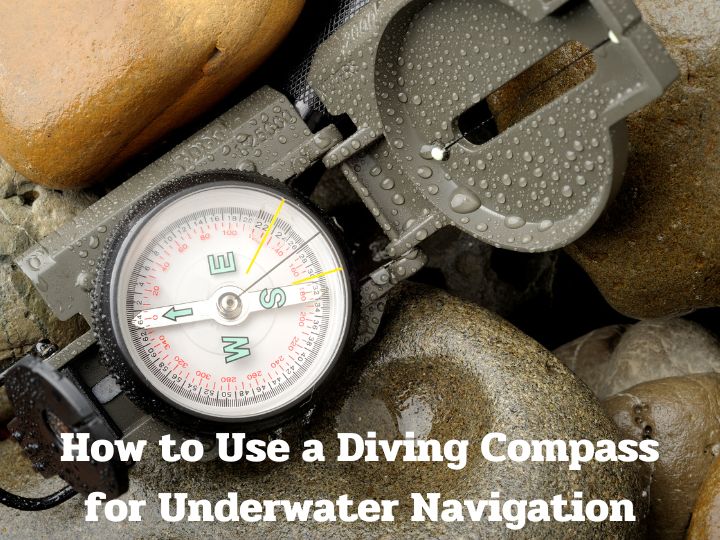
How to Use a Diving Compass for Underwater Navigation
Learn how to use a diving compass for underwater navigation correctly and effectively to ensure your dives are safe and enjoyable.

Preparation Before Using a Diving Compass
1. Choosing the Right Compass
Choosing a diving compass should consider the quality, durability, and accuracy to ensure proper and safe underwater navigation.
2. Equipment Check
Before diving, ensure that your compass and all diving equipment are in working order. Address any issues immediately.
Basic Use of a Diving Compass
1. Setting the Compass
Set the direction you want to navigate before diving, and remember that direction.
2. Checking Direction During the Dive
Frequently check the compass during the dive to ensure you are moving in the intended direction.
Underwater Navigation Techniques
1. Using Natural Landmarks
Use natural landmarks like coral reefs, rocks, or underwater structures to aid in navigation.
2. Using Sound for Navigation
Underwater sounds, such as those from marine life or nearby boats, can help you determine direction.

Practicing with a Diving Compass
1. Pool Practice
Practicing in a pool helps familiarize yourself with using a diving compass and basic navigation.
2. Real Environment Practice
After pool practice, try navigating in real environments like lakes or seas to ensure practical application.
Precautions When Using a Diving Compass
1. Avoiding Strong Currents
Strong currents can complicate navigation. Avoid areas with strong currents for safety.
2. Checking Equipment After Use
After use, inspect and clean your compass and other diving gear to prolong their lifespan and effectiveness.

Preventing Getting Lost Underwater
1. Planning the Route Before Diving
Planning the route before diving reduces the chances of getting lost. Define the route and landmarks in advance.
2. Using Auxiliary Navigation Systems
Using auxiliary navigation systems like underwater GPS or marking lines enhances navigation accuracy and safety.
Benefits of Using a Diving Compass
1. Enhances Diving Safety
Using a compass improves diving safety, especially in situations of disorientation or strong currents.
2. Increases Diving Confidence
Having a compass boosts confidence in diving, allowing you to enjoy underwater exploration fully.

Conclusion
1. Proper Practice and Usage
Continuous practice and proper use of a diving compass help you navigate underwater confidently and safely.
2. Choosing the Right Equipment
Choosing the right and high-quality equipment enhances navigation efficiency and reduces diving risks.
Additional Recommendations
1. Learning from Experts
Learning underwater navigation techniques from experts or attending PADI navigation courses provides necessary knowledge and skills.
2. Using Supplementary Equipment
Using supplementary equipment like underwater GPS or markers increases navigation accuracy and safety.

Maintaining a Diving Compass
1. Cleaning After Use
After use, clean the compass with fresh water and store it in a dry, safe place.
2. Checking Accuracy
Regularly check the compass's accuracy. If any issues are found, repair or replace the compass immediately.
Buying a Diving Compass
1. Choosing Quality Brands
Choose compasses from reputable brands in the diving industry to ensure accuracy and durability.
2. Considering Features
Select a compass with features that meet your diving needs, such as deep-water resistance or clear display.



















































